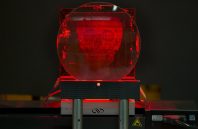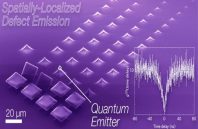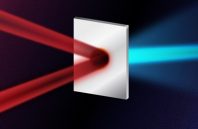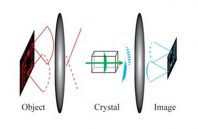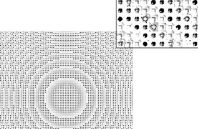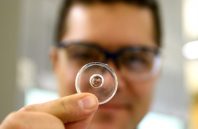Amoeba are unusual creatures that form when a dispersed population of cells spontaneously comes together and reorganizes itself into a multicellular macroscopic organism. To do this, a few leader cells emit chemical pulses that cause the other individual cells to...
Read more
Diffusing Wave Paradox May Be Used To Design Micro-Robotics


 (585) 768-2513
(585) 768-2513



